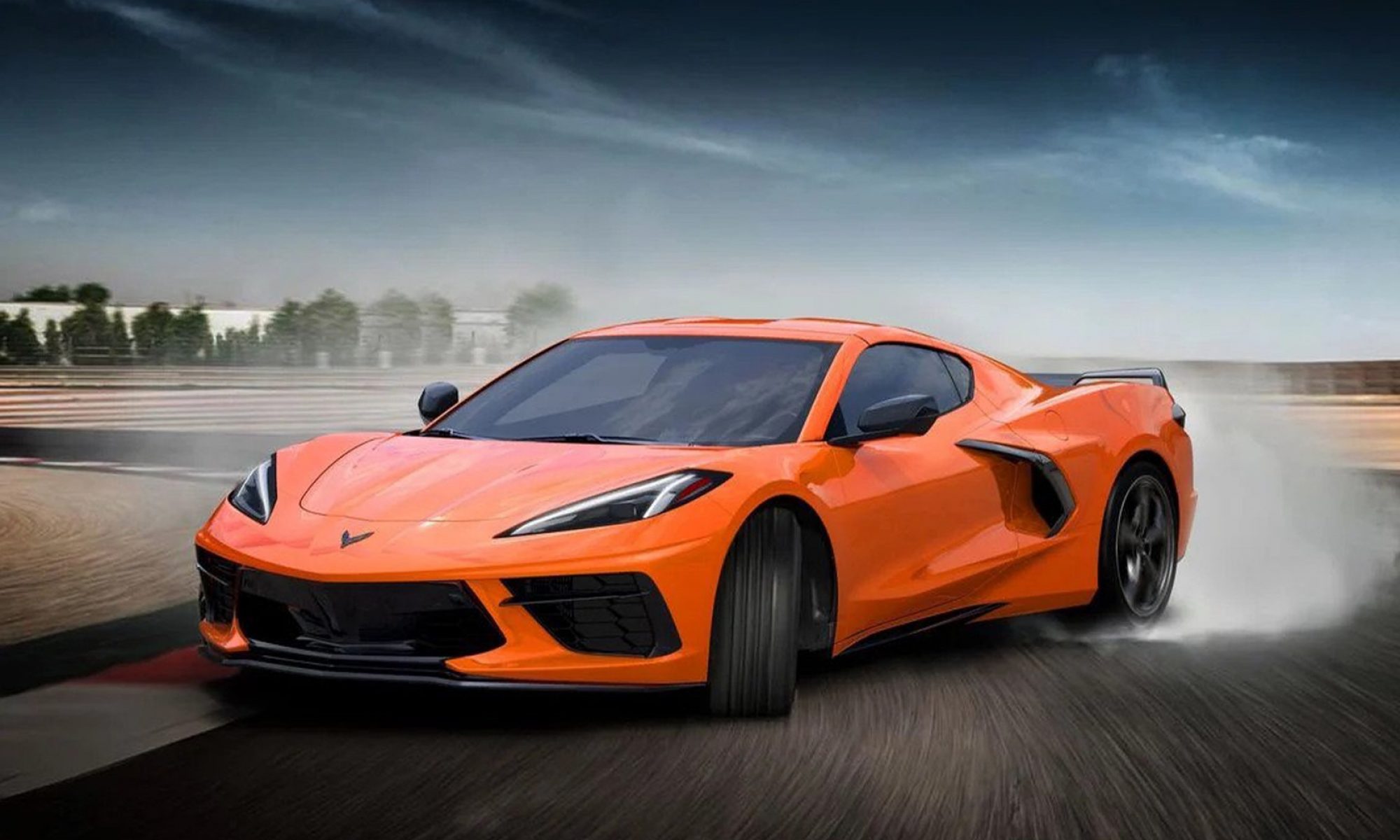The most significant risks that could jeopardize the success of this project is adjusting our algorithms and approach for low light settings and drivers with sunglasses. To mitigate this risk, we’ll have to reduce the scope of this project and specify having good lighting conditions where the driver’s face is clear and visible and add a requirement for the driver that sunglasses be taken off. Another issue could be the accuracy of OpenCV’s DNN for facial detection. Only preliminary testing has been done but if we find that this model does not give us the accuracy that we want or if using GPU parallelization with CUDA is not compatible with the Volta GPU on the Xavier or if it’s out of scope then we’ll resort to using Dlib which has a higher accuracy.
There were some changes to made to the design. We added a calibration step to the software after the driver input is detected. The reason why this step is necessary is because a point of reference is needed when checking if a driver is distracted or not. To be more specific, in this calibration step we are measuring and recording the distance of the lips when the mouth is closed along with eye measurements of the driver looking at the road. Costs that the change incurs are more code/time spent on this feature. This cost is mitigated by the 3 week buffer we originally had.
Some changes were made to the schedule, such as a week of adding the calibration process in addition to moving the start time of designing the UI of the webapp by a week in advance.
